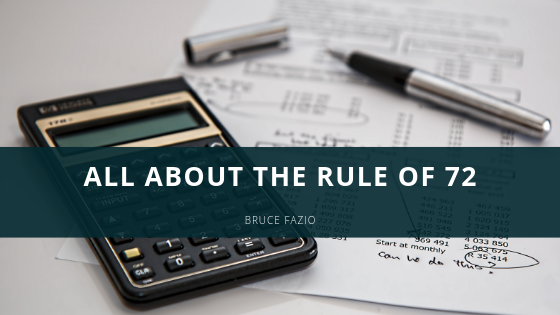The Rule of 72 is an incredibly convenient and rather easy math shortcut that can determine a time frame of anticipated growth with a fixed interest rate.
Albert Einstein once said, “Compound interest is the eighth wonder of the world. He who understands it, earns it … he who doesn’t … pays it.”
With the help of Rule of 72, you can figure out exactly when an investment will double in value.
How to Do the Rule of 72
First, you’ll need to determine the fixed compound annual interest rate of your investment. Then, you’ll divide that into 72. The answer is the amount of years it will take for the investment to double in value. Be sure to keep your rate as a whole number. When writing out math problems, people often write out percentages in decimal form, but doing so will result in an inaccurate number. Your equation should look like this:
- 72 / compound annual interest rate = number of years until the investment doubles
In general, this rule performs best with an interest rate of 8%, but other rates will still provide a good valuation. Here are some more examples to help you out:
- 72 / 14% annual interest rate = investment doubles in 5.1 years
- 72 / 8% annual interest rate = investment doubles in 9 years
- 72 / 4% annual interest rate = investment doubles in 18 years
Keep in mind that you can also use the Rule of 72 to figure out what interest rate you’ll need to see a return in a certain amount of time. To do so, just flip your quotient for your dividend in the equation. For guidance:
- 72 / 4 years to double investment = needs an interest rate of 18%
- 72 / 11 years to double investment = needs an interest rate of 6.55%
- 72 / 15 years to double investment = needs an interest rate of 4.8%
You don’t need to go into an investment opportunity blind. The Rule of 72 allows you to make fairly accurate predictions about the worth of an investment and when you can start reaping its benefits. Furthermore, once you master the Rule of 72, you can use it to determine inflation or interest on a number of different types of loans. The possibilities of use are endless.


Recent Comments